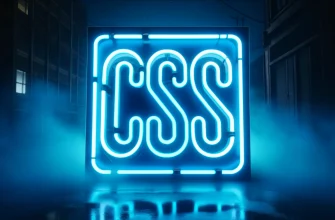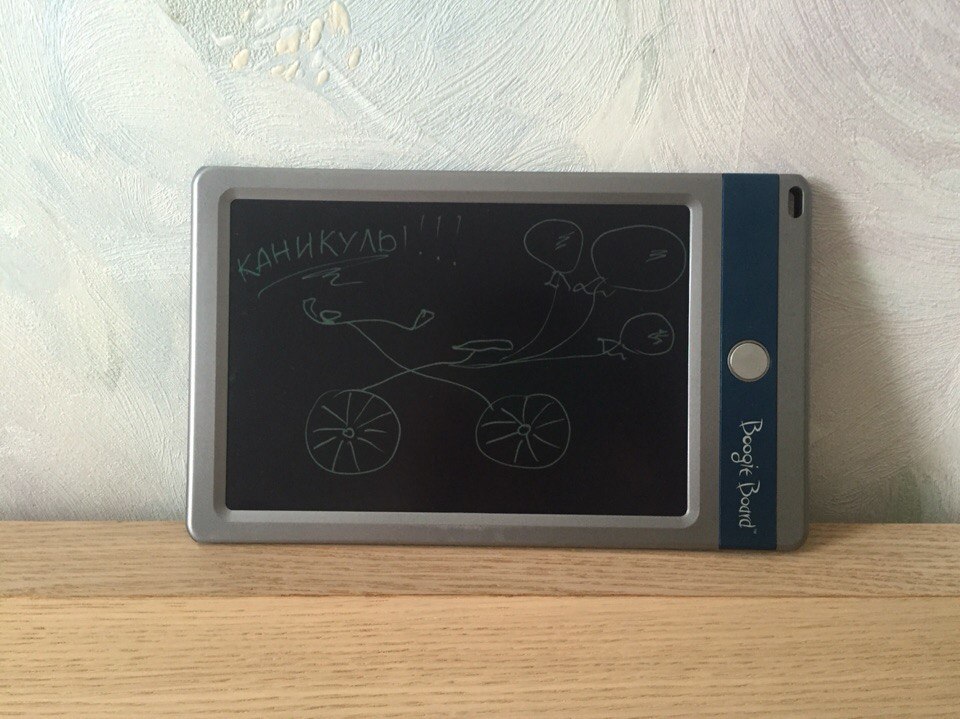In modern web development, CSS (Cascading Style Sheets) provides powerful tools for visual presentation of content, including the ability to transform elements. One such capability is image rotation. This can be useful in various scenarios, such as when you need to change the orientation of an arrow or other indicator without changing the original image.
Rotate image using CSS
Horizontal rotation
To create a horizontal mirror image of an image, you can use the property transform with function scaleX(-1). This will cause the image to be flipped along the vertical axis:
.flip-horizontally { transform: scaleX(-1); }This method is useful when you want the same image to be able to point in opposite directions, such as left or right.
Rotation
For more detailed control over the orientation of images, you can use the function rotate(). This function allows you to rotate an element by a specified number of degrees:
.rotate-90 { transform: rotate(90deg); }The example above rotates the element 90 degrees clockwise. By changing the degree value, you can achieve any desired orientation.
Application to various elements
The rotation technique is not limited to images; it can be applied to any element on a web page, including blocks, text and containers. This opens up wide possibilities for creative design and interactivity.
Support for older browser versions
Don't forget about the need to support older browser versions. For this, specific prefixes for each browser are used:
img { -webkit-transform: scaleX(-1); /* Chrome, Safari */ -moz-transform: scaleX(-1); /* Firefox */ -o-transform: scaleX(-1); /* Opera */ transform: scaleX(-1); filter: FlipH; /* IE */ -ms-filter: "FlipH"; /* IE */ }These prefixes ensure that styles will work correctly across browser versions, providing broader compatibility.
Conclusion
Using CSS to transform elements, including image rotation, is a powerful tool for web developers. It can improve the user experience and visual presentation of a web page, making the content more dynamic and responsive.







